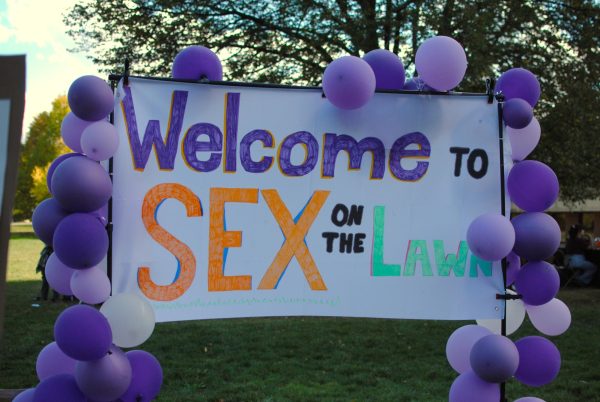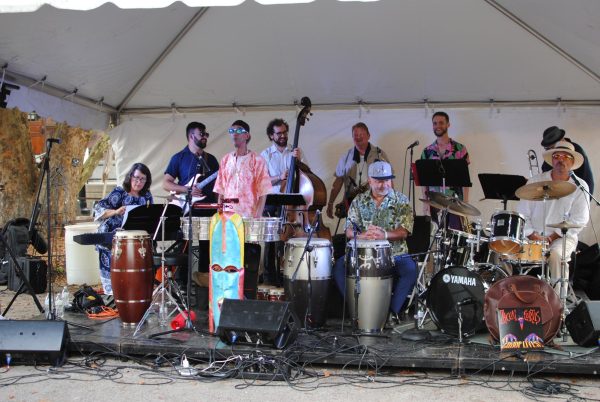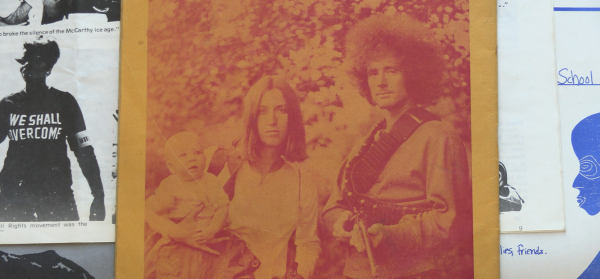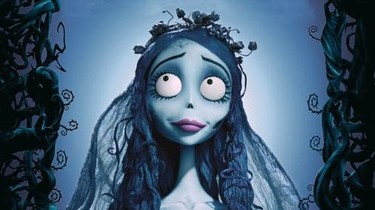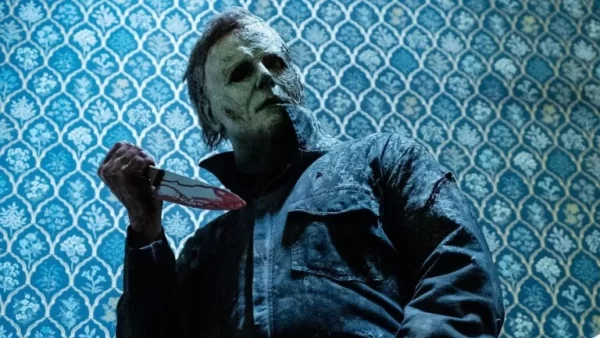Liar, Liar, Pants on Fyre
Netflix and Hulu tell the story of the greatest music festival that never was.
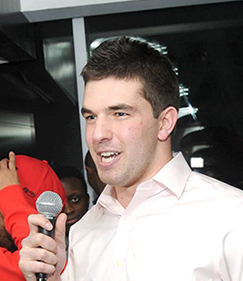
(Ian Moran/Wikimedia Commons)
Instagram models love going on lavish vacations where they can take beautiful pictures in aesthetically pleasing backgrounds (speaking from experience, as someone who regularly receives upwards of two hundred likes on my Instagram photos of my friends and I standing in the concrete hallways of Southwest). Jokes aside, for a good Instagram, you need to sell an experience.
Fyre Festival was the ultimate experience to be sold. Billy McFarland and rapper Ja Rule advertised myriad music acts like Blink-182 and Kanye West, luxury housing, gourmet food, and a once in a lifetime experience. Those who spent the thousands and traveled to the Bahamas arrived to nothing but tents in a construction site five miles inland. No music acts, no adequate housing and hardly any food. This elaborate con by McFarland made for two, that’s right, two documentaries released five days apart on Hulu and Netflix respectively about how it all went down (probably so I could watch them on the elliptical at the rec center and tell anyone reading this my opinion).
Hulu’s take, titled “FYRE FRAUD,” took on the popular task of analyzing the millennial. Directors Jennifer Furst and Julia Willoughby intelligently realized there was no better way to analyze the relationship between millennials and social media influence than to allow vast audiences to watch hundreds of them get scammed by a man who created a reality using Instagram. The graphics in “FYRE FRAUD” were entertaining and dynamic. They incorporated clips from media they knew would resonate with a modern audience, like “Saturday Night Live,” “Parks and Recreation” and “The Office” in tandem with interviews of social media strategists and venture capitalists. This prevents viewers of the documentary from feeling like they are being lectured by adults and instead shows the viewer that this particular group of millennial consumers were naive. A smart connection is made by looking at how the festival was all sizzle, no substance, not unlike most social media posts. They interviewed social media “influencers,” however enough “quotation marks” don’t “exist” for me to accurately describe how much I don’t think this is a real job. Both described being an influencer as the same thing, promoting a brand of positivity. On the surface it sounds nice, but deeper it’s a whole lot of nothing, exactly like Fyre Festival.
Another aspect that I enjoyed was the in-depth character analysis of Billy McFarland, the man who planned and failed to execute Fyre Festival. He claims it was never his intention to scam anyone, but becomes agitated when pushed to answer questions about his fraud allegations. Hulu, unlike Netflix, managed to get an interview with the infamous conman. Another point for Hulu, because watching this man pitch Fyre Festival after it already solicited thousands of dollars from consumers and millions from investors was almost comedic. McFarland selects his words with precision and describes his past in a way that would seem impressive if it wasn’t juxtaposed with his tremendous failures prior to Fyre Festival.
Netflix took on a different approach and focused on the people that McFarland employed. Written and directed by Chris Smith, we receive similar facts framed around different people. For the reason of this being a school affiliated news outlet, I will not mention what event producer Andy King was tasked to do to get the water through customs to the festival, but 49 minutes and 44 seconds in, he reveals that McFarland asked him to do something that was at the very least, unethical. More footage seemed to be obtained from the lead up to the festival, though much was similar to Hulu’s. Those who are interviewed in Netflix’s “Fyre: The Greatest Party That Never Happened” certainly have a more direct affiliation with the festival, which makes it interesting to see their thoughts. A common theme was the staff remembering their hesitations, but never raising them to McFarland. We do, however, learn that many of their paychecks were being withheld until the day of the festival, so they were essentially locked in.
A point goes to Netflix for telling the story of the men and women living in the Bahamas that McFarland employed in an attempt to put on the festival. An interview with Mary Ann Rolle in Netflix’s documentary revealed that when the festival tanked, McFarland left hundreds of people unpaid and fled to America, only to be hit with multiple lawsuits. Rolle recounts taking money out of her personal savings to pay those that were left without a paycheck. It’s a change in pace and tone; rather than the audience laughing at the misery of the wealthy influencers that spent thousands to be disappointed, we experience the heartbreak of hardworking people that were deeply hurt by McFarland’s actions.
Hulu and Netflix told the same story but analyzed different aspects. Both provided sound background and a length of interesting details about a true con and the man behind it. Seeing the same festival through two different windows only provided the audience with more context, especially for those who had no prior knowledge of Fyre Festival. The details surrounding the Fyre Festival are entertaining, interesting and sometimes cringe-worthy, making the documentaries engaging for a number of audiences and vastly popular on both streaming services.
Email Meghan at [email protected] or Follow her on Twitter @meghan_carney_

